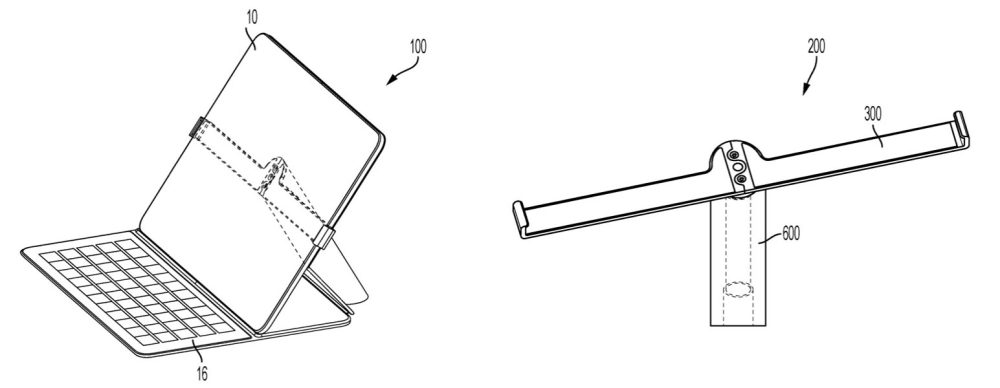Apple Store robberies, where thieves grab display devices from tables, can be traumatic for those in the store at the time, as well as a hassle for the company and customers alike. An Apple patent granted today describes ways the company could fight back.
Groups of thieves have been able to steal many tens of thousands of dollars worth of display products within the space of just two or three minutes…
Background
Apple uses special images for display devices which render them useless once they leave the store.
A source tells us that the current special OS images on demo devices include a software ‘kill switch’ which disables them when they go out of range of the store Wi-Fi. This means that Apple no longer has to use Find My iPhone to disable them manually.
However, these measures are not widely known, meaning that they don’t act as much of a deterrent.
There’s something quite satisfying about the idea of these thieves thinking they’ve just snagged tens of thousands of dollars worth of equipment only to discover that what they actually have is a pile of junk. Or, at best, something they have to break for parts – an expertise they are unlikely to possess. But it would be far better to prevent the thefts in the first place […]
For anyone present in an Apple Store when one of these robberies takes place, it must be a pretty scary experience. A mob of people whose faces are covered rush in and grab everything they can, presumably not worrying about anyone they have to shove out of the way. Customers won’t know whether they are about to be assaulted, or have their own possessions stolen.
Raids aren’t exactly commonplace, but they still happen too often for comfort. For example:
- Two San Diego Apple Stores robbed in less than an hour, thieves take $20k in product
- Thieves hit 5th Bay Area Apple Store in a fortnight, grab $50k’s worth of products
- Palo Alto Apple store robbed twice in 12 hours for $100K during iPhone XS launch weekend
- Apple contracts local police to help deter thefts at California retail stores
- Suspects escape after Apple Store smash-and-grab by teens is caught on camera
Patent to protect against Apple Store robberies
Apple’s patent describes rather less high-tech hardware measures than the software ones. Essentially it’s for the type of brackets commonly used to protect iPads at exhibitions, where a tethered casing wraps around the edges of the device.
However, these brackets are usually ugly, hence Apple’s wish to make them as unobtrusive as possible and permit customers to freely turn the devices in any orientation as they examine them. Both power and retaining cables would be hidden within a mounting tube when the products are on the tables.
Various embodiments are disclosed that relate to product-display systems for displaying products to potential purchasers in a visually-appealing manner. Such product-display systems may also make the displayed products available for use (e.g., for testing) by potential purchasers while limiting the potential purchaser’s ability to remove the product from a display area.
For example, embodiments include a product-display system having a retainer bracket with at least two arms that extend around opposing sides of a displayed product. The product-display system may also include a retainer body that has an edge and has a continuous, smooth outer surface extending from the edge. The retainer body may be coupled to the retainer bracket at a portion of the retainer body on an opposite side of the edge from the smooth outer surface.
The product-display system may also include a retaining cable that may be coupled to the retainer body at an opening of the retainer body through the outer surface of the retainer body. The smooth outer surface of the retainer body may extend continuously from the opening to the edge.

Neither description nor illustrations make it clear how Apple would address the ugliness of such brackets once the products are picked up, beyond describing how all fasteners would be hidden.
Using only a single fastener to couple together first and second arms may help allow bracket arm fastener to be hidden from view, which may facilitate a clean, smooth visual appearance of retainer.
As ever with Apple patents, there’s no telling whether the system will ever be implemented.
Via Patently Apple
FTC: We use income earning auto affiliate links. More.



Comments